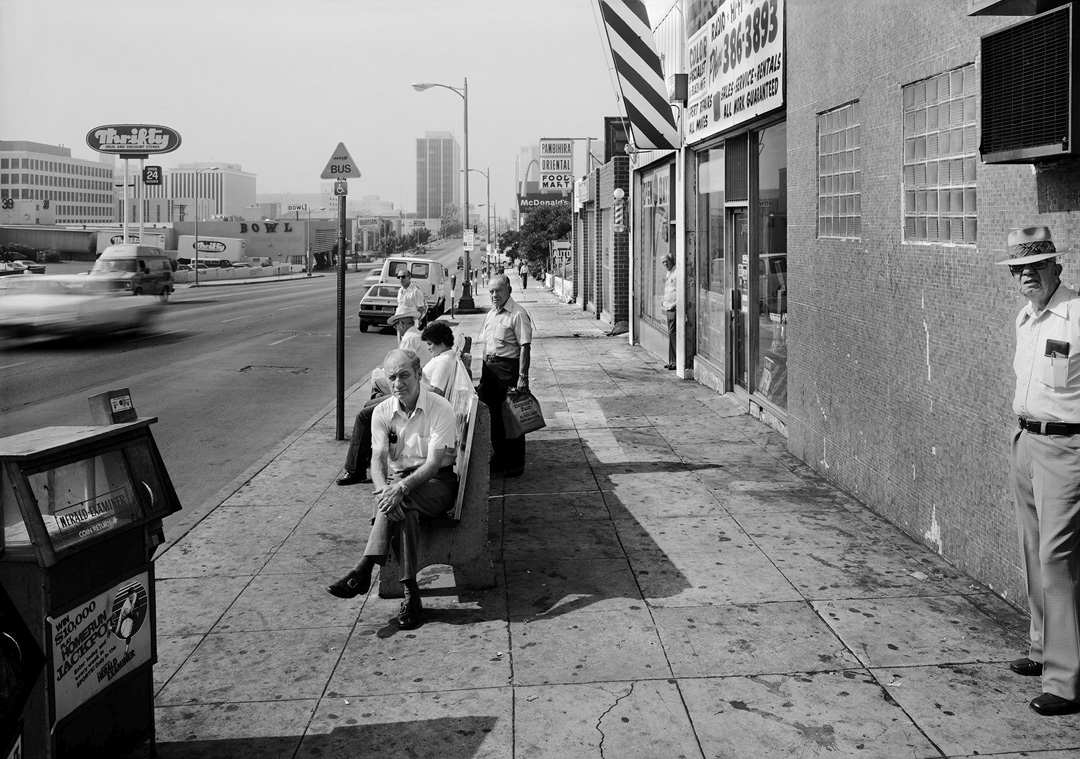Anthony Hernandez: Landscapes for the Homeless and Public Transit Areas

© Anthony Hernandez, courtesy of the artist, and Yancey Richardson Gallery, New York, Landscapes for the Homeless #1, 1988. Archival pigment print.
The Yancey Richardson Gallery in New York City recently opened its first exhibition of Los Angeles native Anthony Hernandez, running through October 12th. As a native Angeleno myself, I find the work compelling in its simplicity and truthfulness. I’ve always felt that Los Angeles is a difficult city to photograph, as so much of this city is not what we see on postcards or in the movies. There are parts of Los Angeles that are stark and unremarkable and Anthony’s work brings a “formal integrity and bleak beauty to the harsh realities of his native Los Angeles”. His work about Los Angeles captures a sense of isolation within an urban setting, acknowledging people whose lives are on the fringes and create home wherever they can. The exhibition is comprised of two of two projects: Landscapes for the Homeless and Public Transit Areas. This exhibition coincides with a career retrospective at the Milwaukee Art Museum which originated in Fall 2016 at the San Francisco Museum of Modern Art.
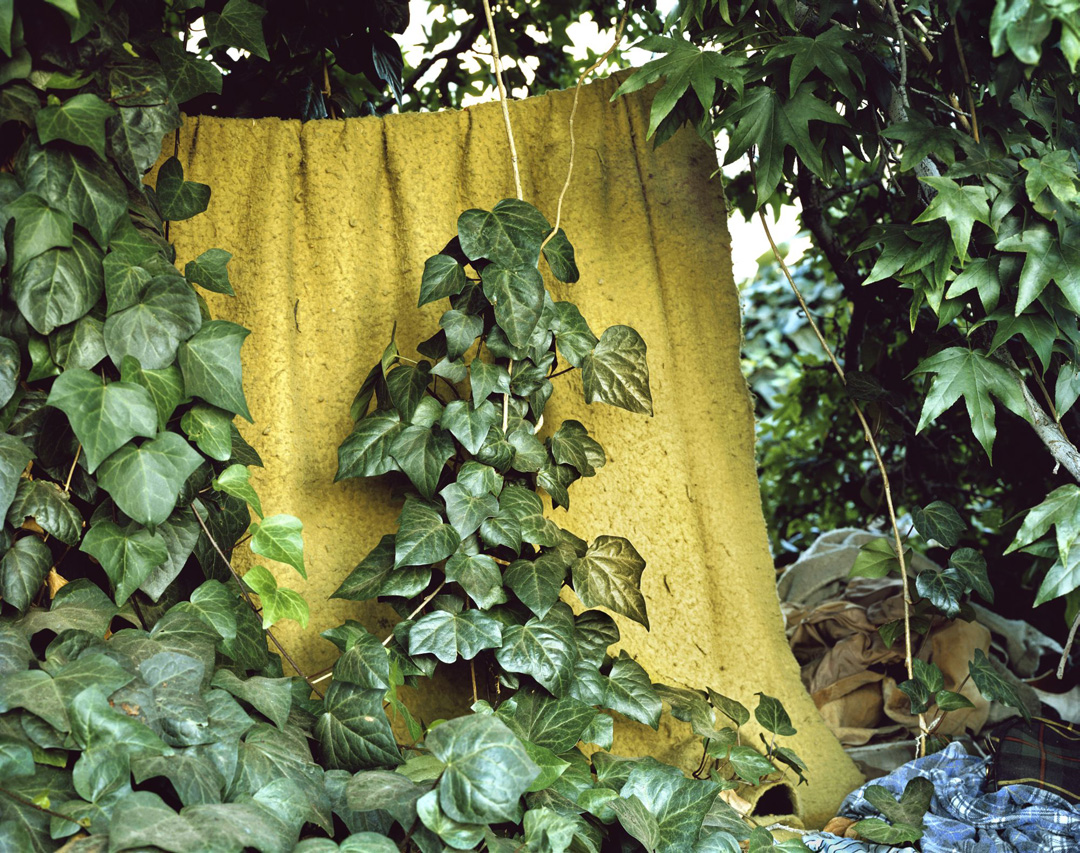
© Anthony Hernandez, courtesy of the artist, and Yancey Richardson Gallery, New York, Landscapes for the Homeless #14, 1989. Archival pigment print.
Over the past 50 years, Anthony Hernandez has crafted a richly varied oeuvre, ranging from a distinctive style of black-and-white street photography to color photographs of abstracted details of his surroundings. Much of Hernandez’s work focuses on his native Los Angeles, revealing a unique insight into the people and landscape of this much-pictured city. Switching from a handheld to a large format camera in 1978, and from black-and-white to color in 1984, Hernandez’s approach to photography is characterized by a slower form of looking. His carefully composed, formally rigorous photographs offer an in depth and unflinching examination of whatever he turns his lens to.
In his critically acclaimed series documenting the temporary encampments of the homeless in Los Angeles, Landscapes for the Homeless (1988-1991), Hernandez eschews direct portraiture, focusing instead on the traces of this precarious form of existence; items of clothing, bedding, and crudely crafted furniture. Continuing in a similar vein, Hernandez’s most recent series, Discarded (2012-2015), explores abandoned sites in desert communities across Southern California. Featuring interior shots of vacated homes, as well as exterior photographs of the buildings and desolate landscapes, there is a haunted quality to this work in which Hernandez deliberately blurs the line between absence and presence, the visible and invisible.
Born in Los Angeles in 1947, Anthony Hernandez lives and works in Los Angeles and Challis, Idaho. His work has been exhibited at numerous institutions, including San Francisco Museum of Modern Art; J. Paul Getty Museum, Los Angeles; Whitney Museum of American Art, New York; Los Angeles County Museum of Art; the Amon Carter Museum of American Art, Fort Worth; the Vancouver Art Gallery; the Seattle Art Museum; the Corcoran Gallery of Art, Washington, D.C.; the Sprengel Museum, Hannover, Germany; and the Centre Nationale de la Photographie, Paris. His work is included in many major public collections including J. Paul Getty Museum, Los Angeles; Guggenheim Museum, New York; Museum of Modern Art, New York; Tate Modern, London; Whitney Museum of American Art, New York; Metropolitan Museum of Art, New York; and National Museum of American Art, Washington, D.C.
Hernandez is a recipient of the 1999 Rome Prize and has been named a United States Artists Fellow (2009). Monographs include Anthony Hernandez (SFMOMA); Waiting, Sitting, Fishing and Some Automobiles (Loosestrife Editions); Everything (Nazraeli Press); Pictures for Rome (Smart Art Press); Sons of Adam: Landscapes for the Homeless II(Musee de L’Elysee and Centre National de la Photographie); Landscapes for the Homeless(Sprengel Museum); and Anthony Hernandez (Vancouver Art Museum).
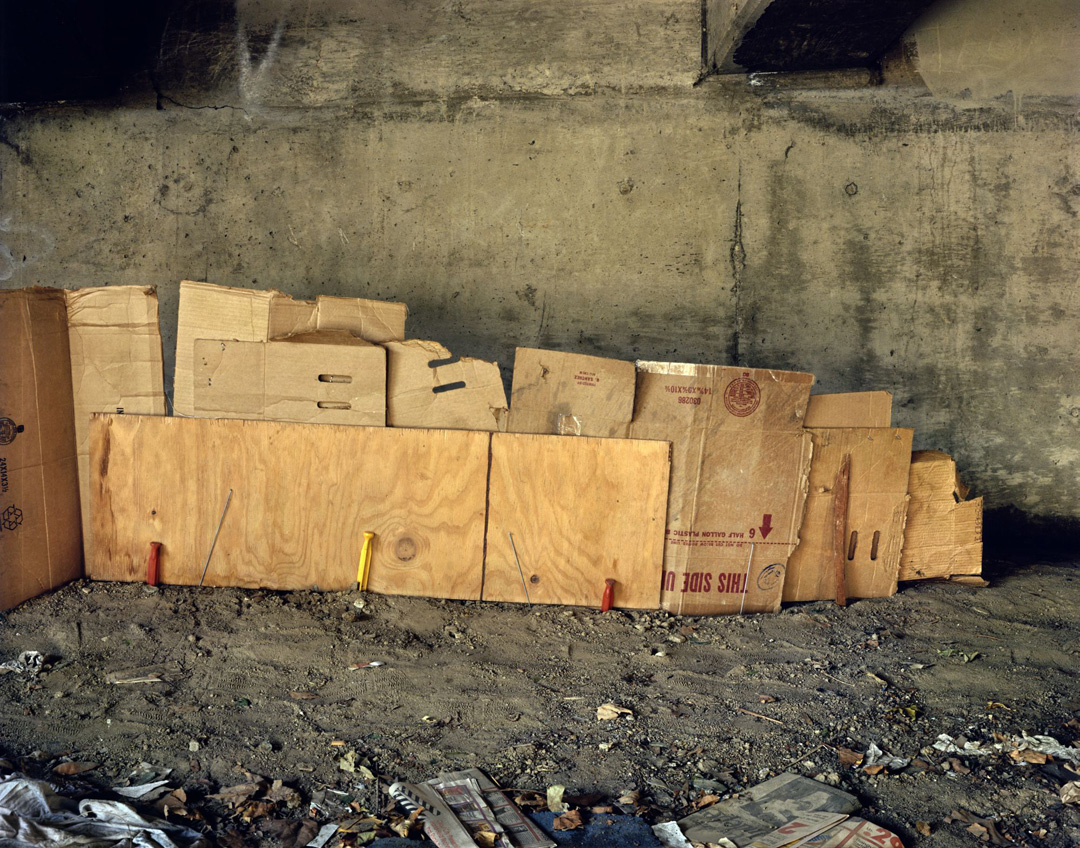
© Anthony Hernandez, courtesy of the artist, and Yancey Richardson Gallery, New York, Landscapes for the Homeless #15, 1989. Archival pigment print.
Landscapes for the Homeless, a series of color photographs made between 1988 and 1991, details with precision and restraint the empty encampments of the homeless, sheltered beneath the concrete freeway overpasses and in the brush of vacant lots found at the edge of downtown Los Angeles. Hernandez’s unsparing views investigate the environments and materials adapted to provide a modicum of privacy or comfort. A crude chair made of sheetrock, pants hung inside out on tree branches, a wall built of plywood and cardboard all stand in for their absent owners. The artist’s detailed tableaus balance a rigorous formal approach with a devastating social critique. Speaking of his homeless work, Hernandez says that he “puts you in his place. I’m right here. I’m looking at what he’s looking at”. When the photographs were made, the homeless population of the city was estimated at some 30,000 and declared a crisis. According to a recent Cornell University Study, it now stands at 60,000. – from Yancey Richardson Gallery
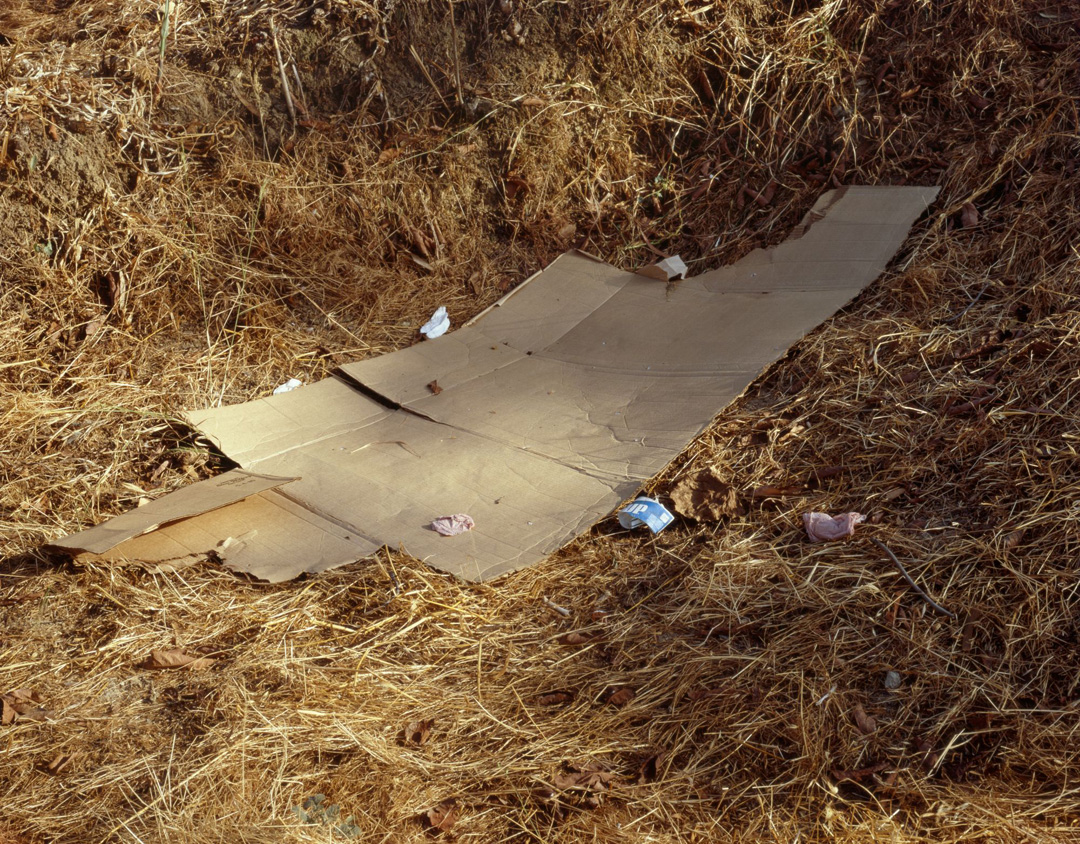
© Anthony Hernandez, courtesy of the artist, and Yancey Richardson Gallery, New York, Landscapes for the Homeless #17, 1989. Archival pigment print.
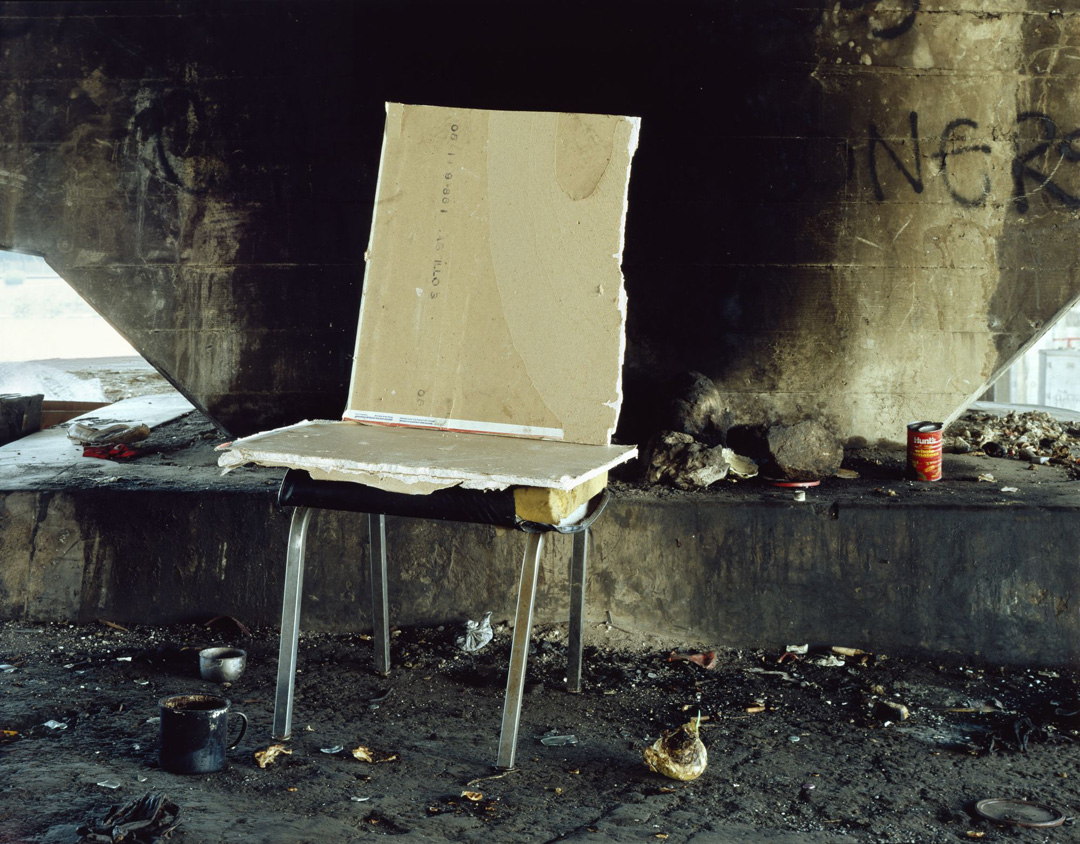
© Anthony Hernandez, courtesy of the artist, and Yancey Richardson Gallery, New York, Landscapes for the Homeless #18, 1989. Archival pigment print.
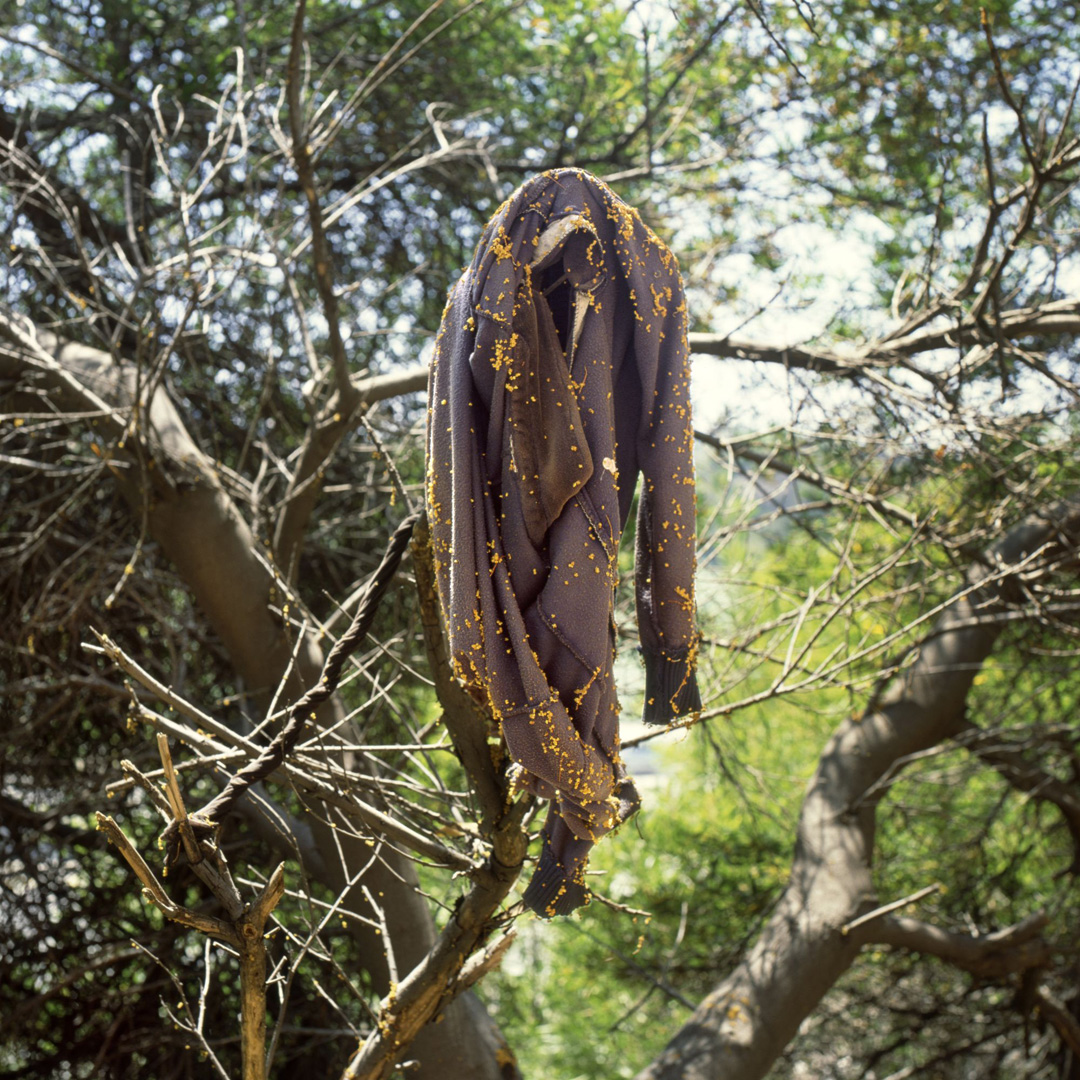
© Anthony Hernandez, courtesy of the artist, and Yancey Richardson Gallery, New York, Landscapes for the Homeless #38, 1989. Archival pigment print.
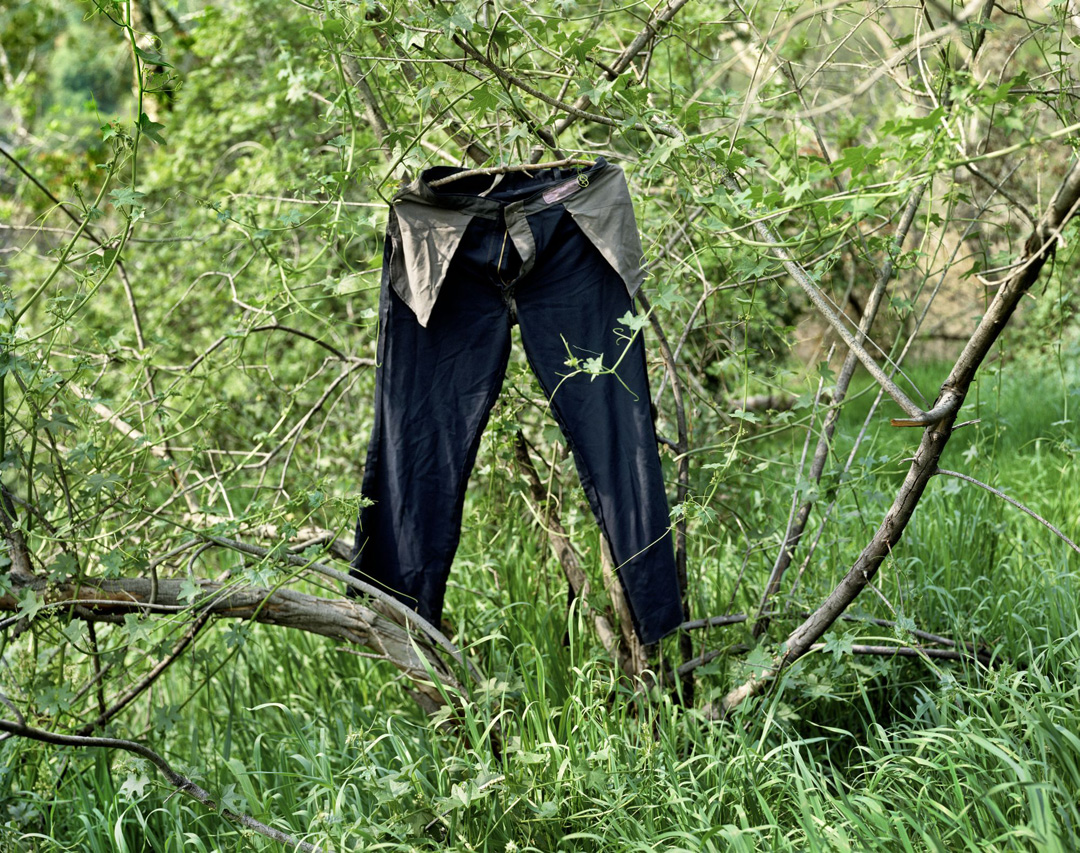
© Anthony Hernandez, courtesy of the artist, and Yancey Richardson Gallery, New York, Landscapes for the Homeless #54, 1989. Archival pigment print.
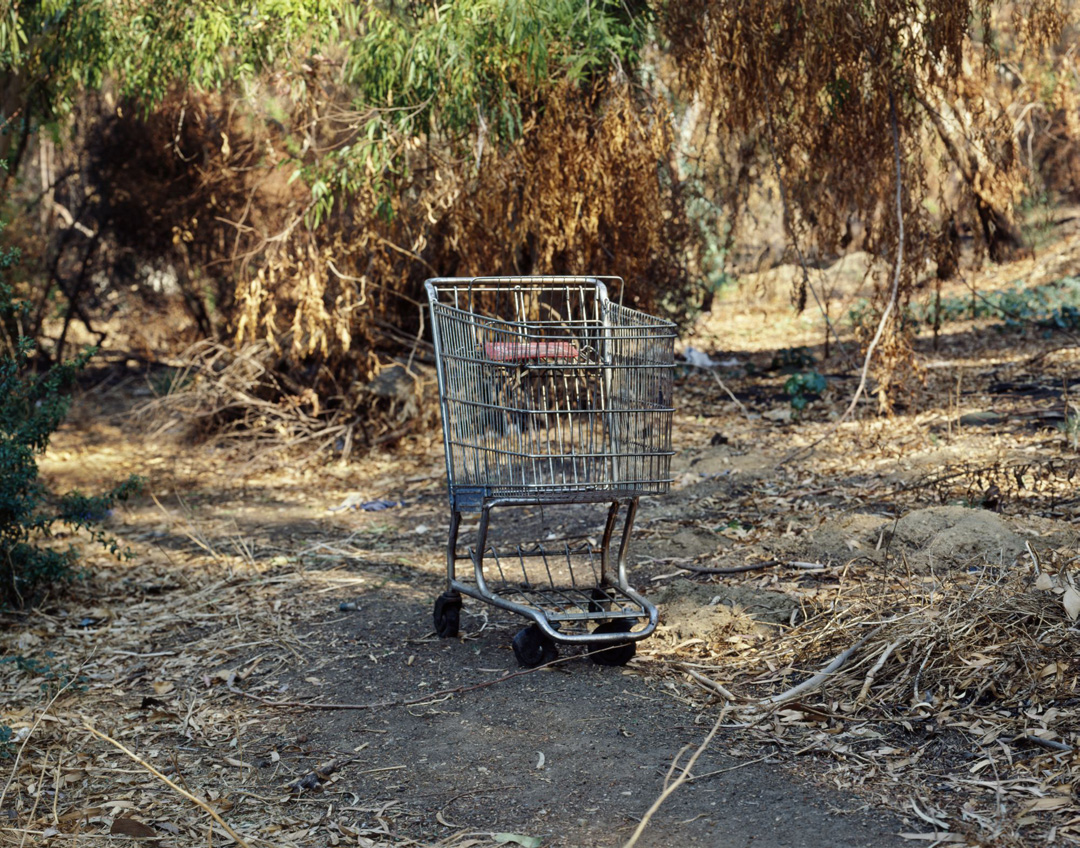
© Anthony Hernandez, courtesy of the artist, and Yancey Richardson Gallery, New York, Landscapes for the Homeless #64, 1989. Archival pigment print.
Throughout his career, Hernandez has pursued a nuanced view of the physical and social landscape of Los Angeles. In Public Transit Areas, 1979-80, Hernandez switched from a handheld 35mm to a 5 x 7” large format camera and tripod to create a new kind of street photography. Made at bus stops throughout the city, the large-scale black and white photographs capture the isolation of the urban metropolis through formally composed and carefully detailed views of desolate boulevards disappearing into the horizon, peopled only by the Los Angeles underclass waiting for the next bus. Jeff Wall, in his essay for the 2009 monographic exhibition he curated on Hernandez at the Vancouver Art Museum, relates the new approach of the Public Transit work to that of emerging Americans Stephen Shore and Robert Adams and the Germans Thomas Struth and Andreas Gursky.
– from Yancey Richardson Gallery
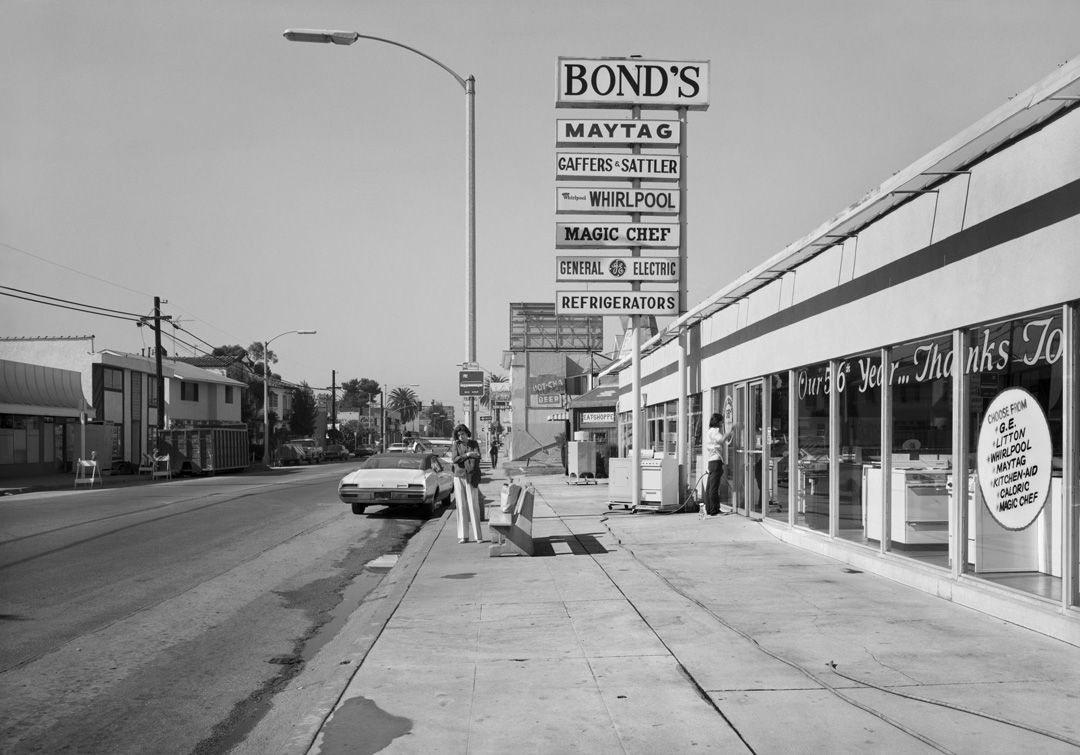
© Anthony Hernandez, courtesy of the artist, and Yancey Richardson Gallery, New York, Public Transit Areas #4, 1980. Archival pigment print.
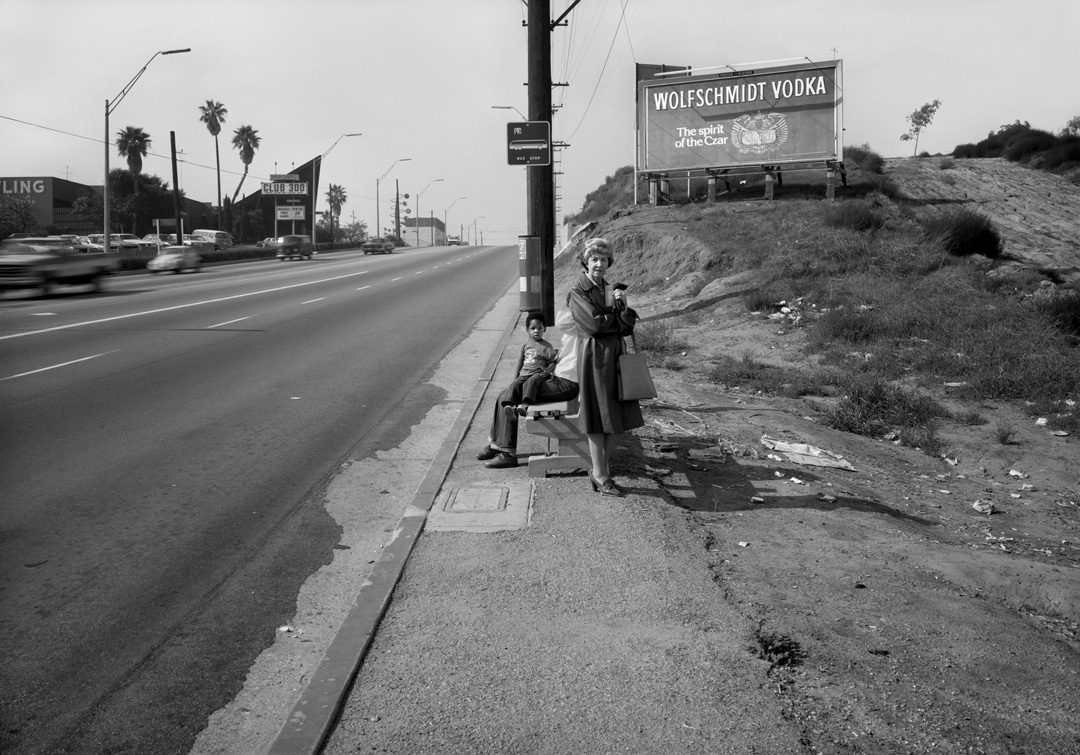
© Anthony Hernandez, courtesy of the artist, and Yancey Richardson Gallery, New York, Public Transit Areas #10, 1980. Archival pigment print.
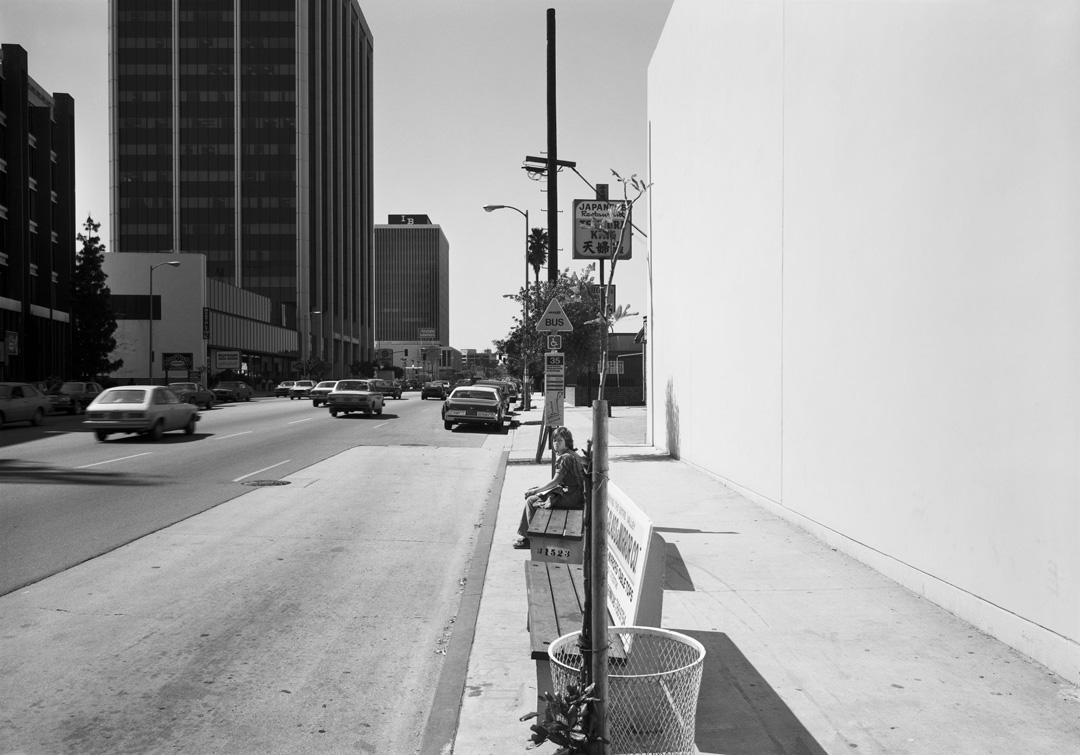
© Anthony Hernandez, courtesy of the artist, and Yancey Richardson Gallery, New York, Public Transit Areas #12, 1980. Archival pigment print.
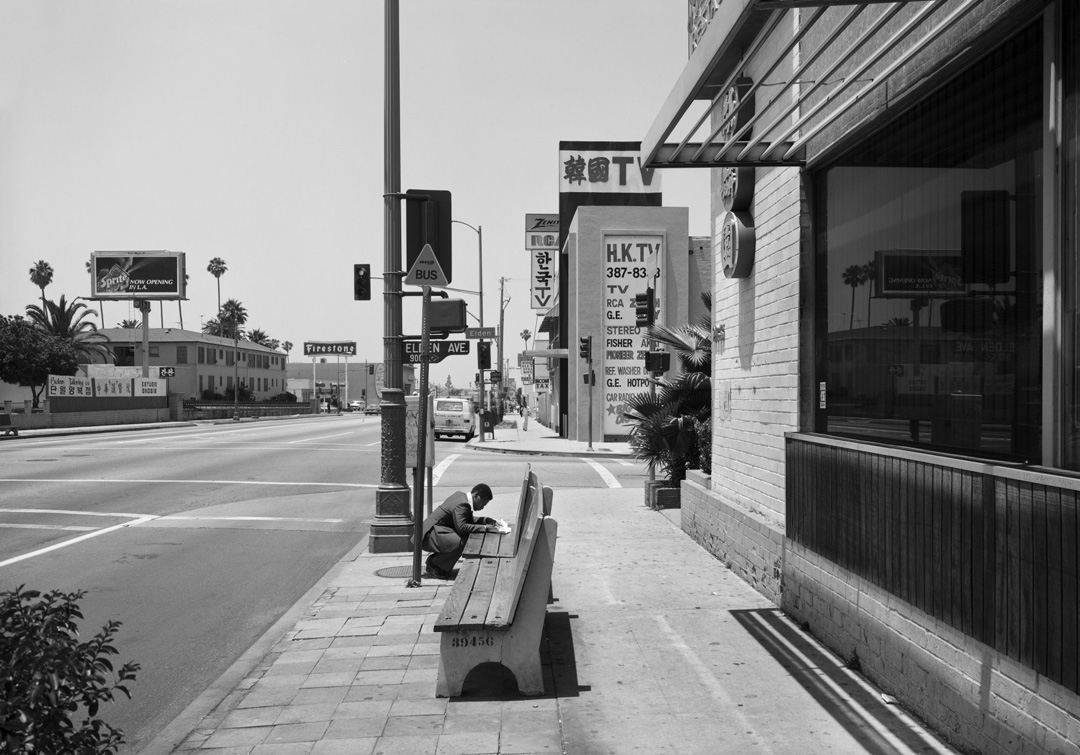
© Anthony Hernandez, courtesy of the artist, and Yancey Richardson Gallery, New York, Public Transit Areas #13, 1980. Archival pigment print.
Posts on Lenscratch may not be reproduced without the permission of the Lenscratch staff and the photographer.
Recommended
-
Paccarik Orue: El MuquiDecember 9th, 2025
-
Lauri Gaffin: Moving Still: A Cinematic Life Frame-by-FrameDecember 4th, 2025
-
Dani Tranchesi: Ordinary MiraclesNovember 30th, 2025
-
Art of Documentary Photography: Elliot RossOctober 30th, 2025
-
The Art of Documentary Photography: Carol GuzyOctober 29th, 2025

